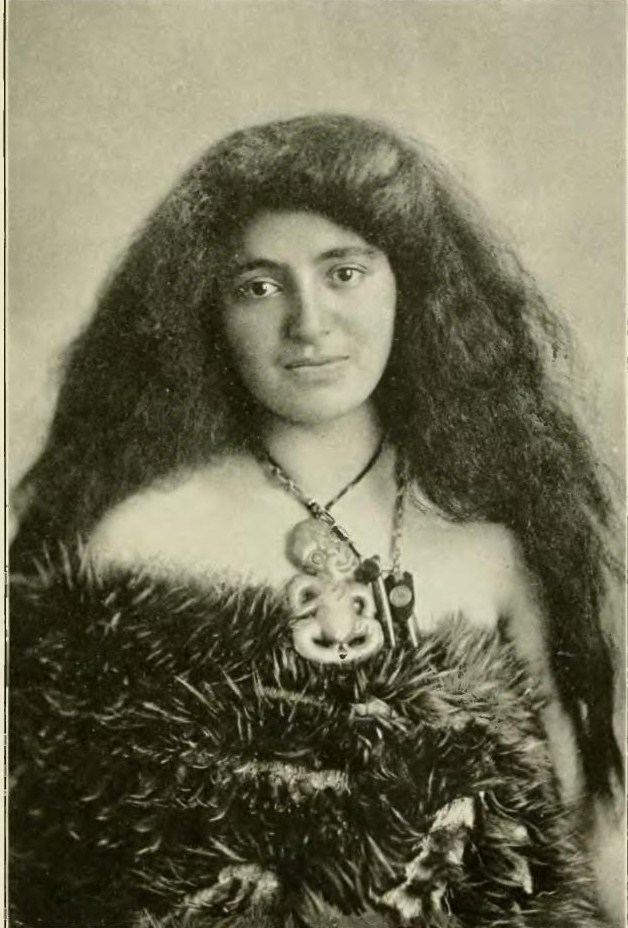Value 0.185 (2013) Maternal mortality (per 100,000) 15 (2010) Females over 25 with secondary education 95.0% (2012) | Rank 34th out of 152 Women in parliament 32.2% (2013) Women in labour force 62.1% (2012) | |
 | ||
Women in New Zealand are the women who live in or are from the multi-cultural society of New Zealand. The first female settlers in New Zealand were from the Māori people. The person credited to be the first white-skinned European woman to settle in New Zealand was Charlotte Badger (she later had a daughter known as Catherine). Today, women in New Zealand, which may also be called Kiwi women, have descended from European, Asian and Pacific Islander stock. The women of New Zealand have the same level of legal equality with men.
Contents
Education
Early university graduates were Emily Siedeberg (doctor, graduated 1895) and Ethel Benjamin (lawyer, graduated 1897). The Female Law Practitioners Act was passed in 1896 and Benjamin was admitted as a barrister and solicitor of the Supreme Court of New Zealand in 1897.
Political and legal rights
In 1893, New Zealand became the first self-governing country in the world to allow women to vote. This included both European and Maori women. However, it was not until 1919 that women were allowed to run for Parliament, and Elizabeth McCombs became the first women elected to the Parliament in 1933. In 1949, Iriaka Ratana became the first Maori woman to win a seat in Parliament. In 1999, Helen Clark became the first woman Prime Minister of New Zealand.
As of June 2016, women make up 31.4% of the unicameral New Zealand Parliament. There are 121 members, 38 of whom are women.
